- Messages
- 1,355
- Name
- Peter
- Edit My Images
- Yes
I read a book about Picture Post recently and saw that it was co-founded by the photojournalist Stefan Lorant who had previously founded Lilliput Magazine. I happen to have a few copies of Lilliput and have been browsing them. In the process I came across a few photography related items which I hope you like.
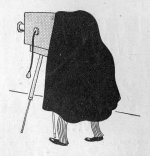
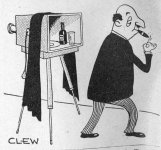



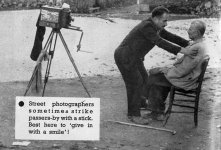
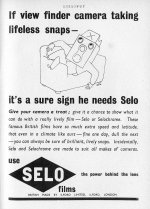
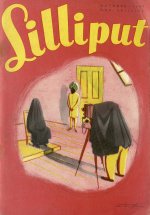


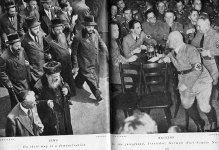
 - but I came across a book about the magazine in the middle of the 1960s.
- but I came across a book about the magazine in the middle of the 1960s.